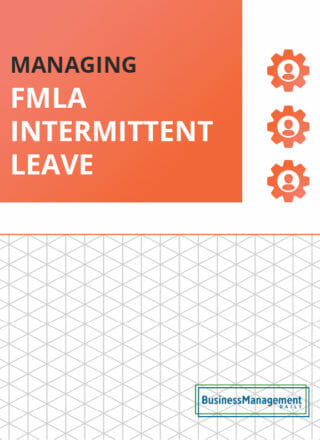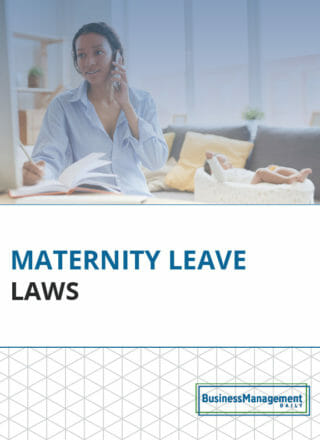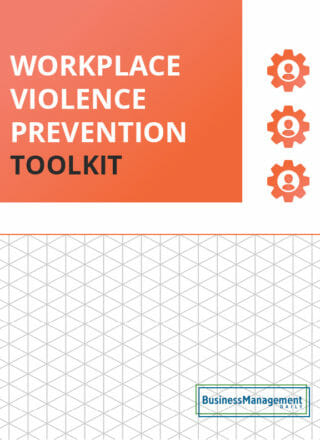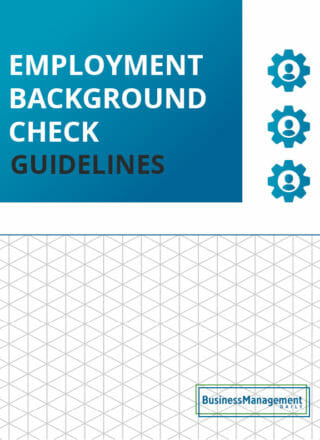Read EEOC and PHRC complaints carefully to avoid surprise lawsuits later
Employees are supposed to file EEOC and Pennsylvania Human Relations Commission (PHRC) complaints that fully explain the discrimination claims they’re making. The idea is to let employers know early on what the complaint is all about so that the case can be settled or sent on to court.
Plus, by being on notice, employers can gather information about the case before memories fail or documents (e.g., phone logs, internal memos) are destroyed.
But courts are lenient, sometimes bending over backward to allow a late claim based on general language in the EEOC or PHRC complaint.
Advice: Read complaint forms carefully and note any possible complaints—such as retaliation—even if they aren’t mentioned specifically. The same goes for defendant names: Assume that any individual named anywhere in the actual body of the complaint is fair game for a later lawsuit.
Recent case: Dorothy Jackson, who is legally blind, worked as a children’s librarian for six years. She had a part-time position with a flexible schedule, which allowed her to get rides to and from work. When a new head librarian arrived in 2002, Jackson explained her accommodation need. That’s when the new boss made the children’s librarian position full-time and fired Jackson.
Jackson filed an EEOC and PHRC complaint, alleging disability discrimination. In it, she did not specifically name the new head librarian as a defendant—but she did mention her within the narrative part of the complaint. Then, five years later, she amended her federal lawsuit to include a personal liability claim against the head librarian for allegedly violating the Pennsylvania Human Rights Act.
The court let the lawsuit go ahead, reasoning that both the head librarian and the library was on notice that the lawsuit might include both. (Jackson v. J. Lewis Crozer Library, et al., No. 07-0481, ED PA, 2007)
Final note: Preserve all records and get the story from everyone involved as soon as you get the initial complaint.





